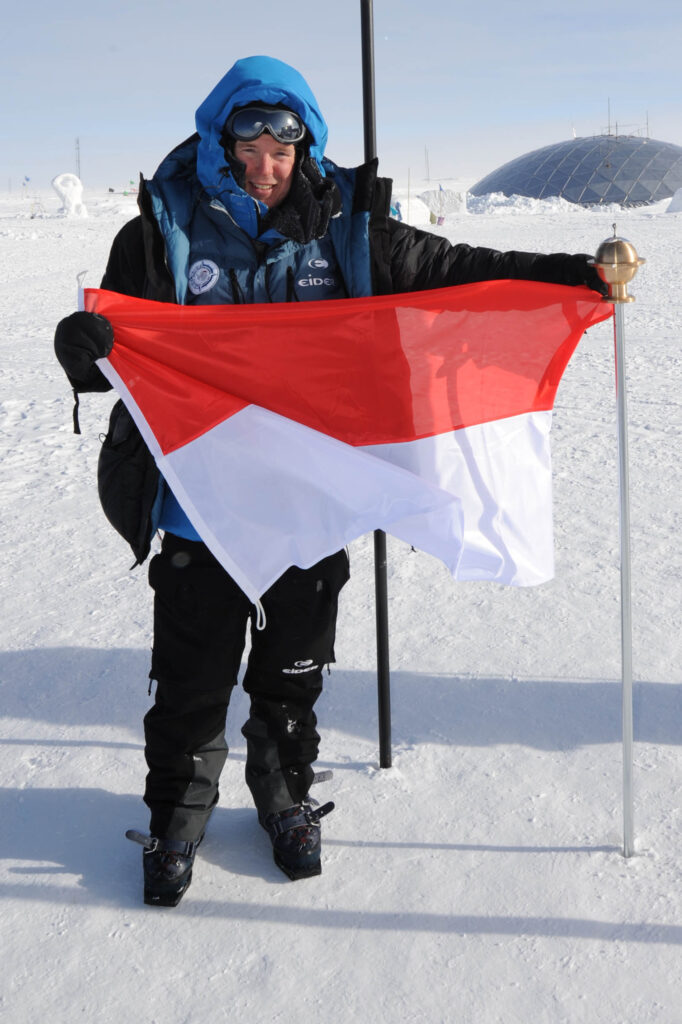Canada and Monaco: different countries united for the same cause

At 9,984,670 km2 compared to just 2 km2, Canada’s surface area is almost five million times larger than Monaco. These two countries are far from similar. One with extreme temperatures of minus 30° in winter and the other with more than 300 days of sunshine a year. They have little in common geographically and “meteorologically”. And yet, despite their differences, there is one very specific cause that unites them — their commitment to climate change and the protection of the oceans.
On Thursday, July 9th, Canada joined Global Ocean Alliance. Made up of 21 countries, including Monaco, the international organisation for the protection of marine areas has set itself the challenge of protecting 30% of the world’s oceans by 2030. Canada’s participation in this international coalition is important because the country’s coastline is the longest in the world, extending over approximately 244,000 km.
7 million people in Canada depend on the oceans
“Canada is proud to join the Global Ocean Alliance, working alongside like-minded countries to advocate for our shared vision of sustainable, healthy oceans around the world. We have made exceptional progress on protecting our own waters, and it is time to move the goal post ahead and reach even farther,” said Bernadette Jordan, Minister of Fisheries, Oceans and the Canadian Coast Guard.
Many of Canada’s territories, inhabited by coastal communities making up 7 million people, depend on the oceans and their ecosystems. According to Statistics Canada, more than 100,000 jobs in Canada are directly related to fishing and nearly 60,000 to ocean ecotourism.
Two Alberts and a shared passion for the Ocean
The Principality of Monaco, like Canada, is very involved in environmental protection. A family affair in Monaco that has been going on for several centuries, it began with Prince Albert I who devoted a large part of his life to exploring the secrets of the ocean. Convinced that science brings peace and progress to the marine ecosystem, he founded the Oceanographic Institute, a marine biology laboratory with the aim of “making sure the oceans are understood, loved and protected”.
In 2006, it was the turn of the Prince Albert II of Monaco Foundation to first see light of day. After a sleigh expedition to the North Pole, Prince Albert II alerted the public to global warming and decided to create his own foundation. The Prince Albert II of Monaco Foundation is dedicated to the protection of the environment and sustainable development. It transcends borders and sets up branches in several countries, including Canada.

Protecting oceans in Canada
Canada is a maritime nation with a unique and dynamic marine ecosystem. Canada’s marine wildlife includes thousands of species including killer whales, polar bears, walruses, sea otters and bowhead whales that live more than 200 years. The Atlantic, Pacific and Arctic Oceans that surround Canada play vital roles across the country. They are an important source of food and natural resources.
Canada’s Oceans Action Plan has committed in recent years to ensure the sustainable development of its marine environment. Indeed, in 1996, Canada passed the Oceans Act to continue building a vibrant and diversified oceans economy, while protecting marine biodiversity.
The Canadian government has invested significantly in oceans management by strengthening fisheries regulations and developing ocean technologies. Canada is the first country in the world to pass such legislation on oceans conservation and management.
The Prince Albert II of Monaco Foundation Canada
The Prince Albert II of Monaco Canada Foundation based in Montreal is contributing to ocean protection by focusing its efforts on the biodiversity of the Canadian Arctic and the health of its indigenous populations, victims of climate change. Since its creation in 2008, Canada and the Principality of Monaco have maintained a common relationship on environmental protection and sustainable development.
When the two heads of state meet in 2018, discussions focused on their shared commitment to the Paris Agreement and the measures taken by both countries to combat climate change.
Joint initiatives have led to the implementation of major projects, including the production of an atlas that paints a portrait of threatened or vulnerable species by identifying priority sectors for biodiversity conservation in Northern Quebec.
Despite the fact that Canada and the Principality of Monaco are so different politically and economically, nothing prevents them from working together to fight climate change. Their issues are different due to their location, but their participation in environmental organisations makes it possible to set up innovative measures to protect the marine ecosystem.













